Redacción: Univisión
Luego de más de una semana de que iniciara la huelga, la cuál ha durado la misma cantidad de tiempo que el paro laboral del 2012, los maestros de Chicago expresaron optimismo sobre la posibilidad de llegar a un contrato con la administración de las Escuelas Públicas de la ciudad.
El presidente del Sindicato de Maestros de Chicago habló frente a medios sobre lo más reciente en las negociaciones con la administración de las Escuelas Públicas de Chicago. «Tuvimos conversaciones ayer que pronto podrían darnos un acuerdo», comentó Jesse Sharkey.
El líder sindical dijo durante la mañana que buscan mejores condiciones en las escuelas públicas de Chicago y que buscan asegurar que tengan suficientes servicios, clases más pequeñas para dar más atención a los estudiantes.
«La relación entre SEIU y CTU ha sido extremadamente fuerte e importante. La gente que provee seguridad, que mantiene las escuelas limpia, no son roles secundarios. Esos son roles que hacen que las escuelas estén mejor. Ellos viven en salarios de pobreza y tienen un segundo o tercer trabajo y eso hace que sea más difícil para ellos desempeñarse cuando llevan a cabo sus labores», comentó Sharkey.
Cuando se le preguntó sobre cuánto faltaba para llegar a un acuerdo, explicó que están trabajando en ello y que está la oportunidad de llegar a un acuerdo justo. Además dijo que se sienten optimistas sobre la posibilidad de que hayan clases el lunes y que estarán negociando durante el fin de semana.
Sharkey también habló sobre las negociaciones entorno al personal y dijo que buscan que CPS asegure que van a dar lo que piden y que también, esto, por el momento es una cuestión de optimismo.
El presidente de CTU dijo que su posición respecto a las clases que se han perdido es que estas sean recuperadas. «Queremos darle a los estudiantes la experiencia educativa completa. Necesitamos buscar la manera de dar una experiencia educativa completa este año», comentó Sharkey.
Liz, una maestra de Lane Tech, también habló durante la conferencia de prensa. «Hemos tenido 2 mil 900 estudiantes que se han registrado para ayudar». Sergio Rodríguez de SEIU, comentó que «Nos morimos de ganas de regresar a la escuela. Solo queremos regresar a hacer nuestro trabajo».
«Soy la única psicóloga para 4 mil 600 estudiantes. Soy su única psicóloga. My Asociación Nacional recomienda un psicólogo por cada 500 estudiantes. Esto no se trata de mi o la calidad de mi vida, es sobre querer proveer un servicio de psicología de calidad para los estudiantes», comentó Jackie Gilson, psicóloga de la escuela Lane.
Estas son las razones por las que los maestros se fueron a huelga
Hemos hablado de los temas de mayor importancia. No queremos entrar en detalles porque no deseamos afectar el progreso que hemos tenido pero nos estamos moviendo en la dirección correcta», indicó Latanya McDade.
«Tenemos el futuro en nuestras manos»: Maestros en La Villita se manifiestan afuera de escuelas

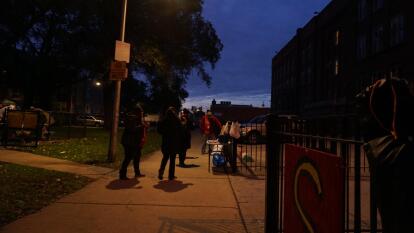
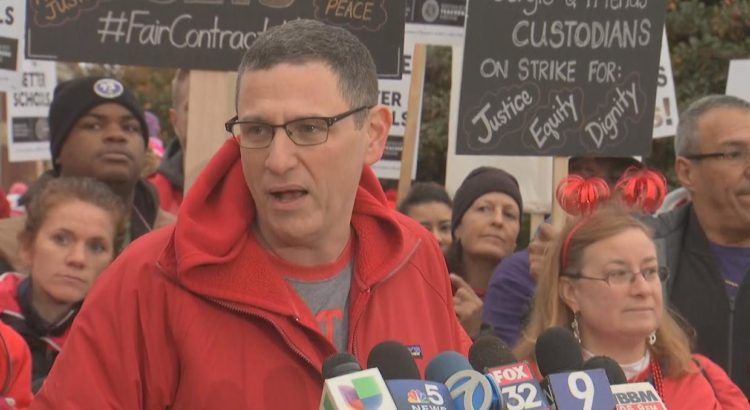

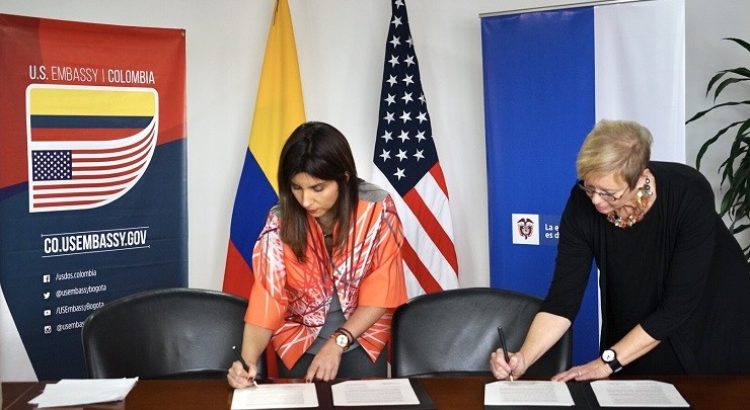
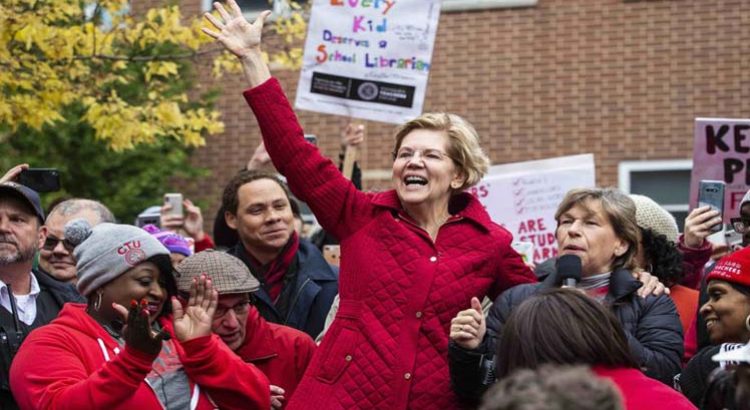



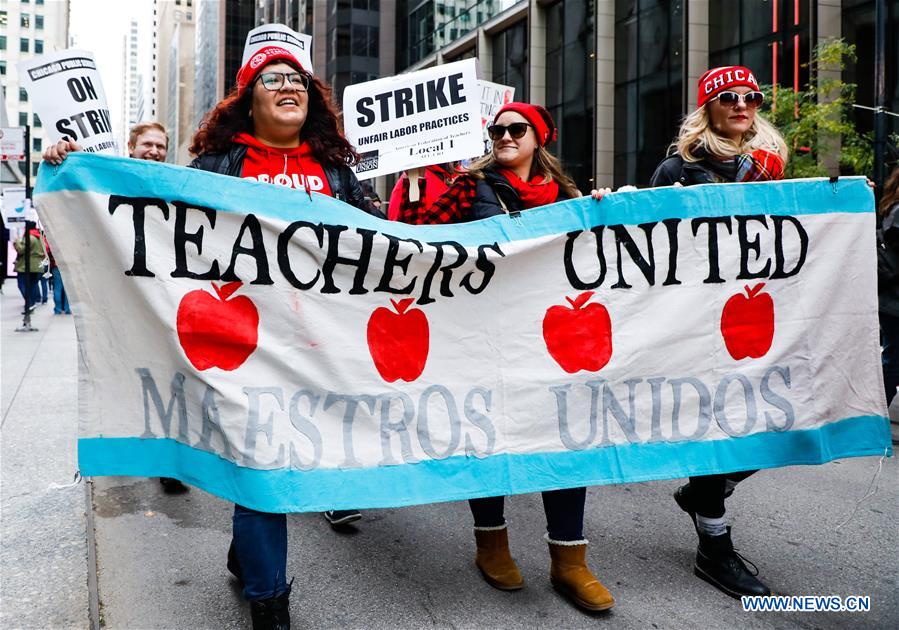







 Users Today : 10
Users Today : 10 Total Users : 35461428
Total Users : 35461428 Views Today : 13
Views Today : 13 Total views : 3421930
Total views : 3421930